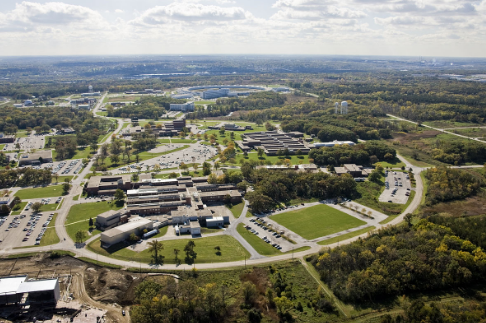The search for new materials and battery chemistries is an important one, as scientists look for materials that can match or exceed the performance of the current crop of lithium-ion batteries, whilst solving some of the well-documented issues with this technology – including fire risk, degradation and reliance on rare and expensive materials.
While several technologies have shown great promise already and some are moving toward commercialization, there are many more materials and combinations of materials which have not been properly evaluated, and there is always the potential for a previously unknown molecule to exhibit unexpected characteristics and influence the direction of future researchers.
For scientists though, this is something of “needle in a haystack” situation, with more materials and interactions warranting further investigation than could possibly be examined in a lifetime, given the costs and limits to available computing power.
Scientists at Argonne National Laboratory in the United States knew this all too well, beginning with a list of 166 billion molecules that scientists want to examine for new electrolyte candidates. To narrow this down, the group developed a machine learning algorithm to pull out 133,000 molecules with known characteristics that could make them suitable candidates.
“When it comes to determining how these molecules work, there are big tradeoffs between accuracy and the time it takes to compute a result,” said Ian Foster, Argonne Data Science and Learning division director and author of one of the papers. “We believe that machine learning represents a way to get a molecular picture that is nearly as precise at a fraction of the computational cost.”
The algorithm is described in a paper in MRS Communications. By comparing results computed with this algorithm to those using a more accurate, but more computationally intensive model known as G4MP2, the researchers state that in this way they were able to “train” the algorithm to incorporate a correction factor, without greatly increasing the computational cost of running it.
A second paper, published in Chemical Science, describes how the G4MP2 model was used to calculate the smaller dataset of 133,000 molecules. The group says that its calculations will be useful in predicting which molecules might be worth investigating in a more intensive way, and in future applications of machine learning to chemical data.
“This whole project is designed to give us the biggest picture possible of battery electrolyte candidates,” added Argonne chemist Rajeev Assary, an author of both studies. “If we are going to use a molecule for energy storage applications, we need to know properties like its stability, and we can use this machine learning to predict properties of bigger molecules more accurately.”






